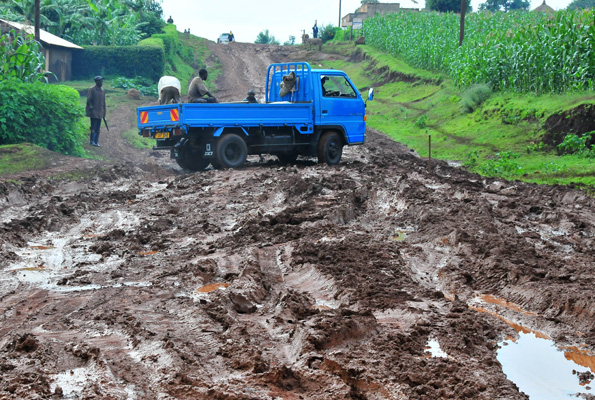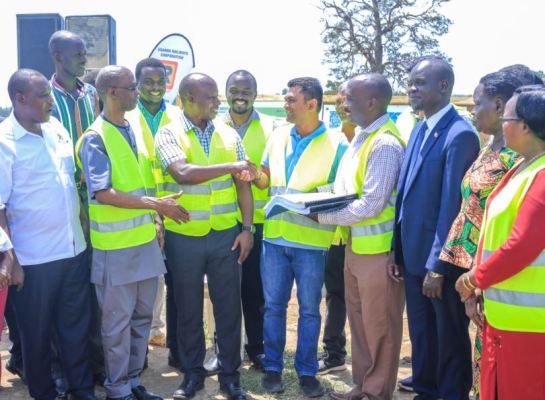The Zimbabwe Defense Forces Wednesday seized power in Zimbabwe after a week of confrontation with President Robert Mugabe’s government and said the action was needed to stave off violent conflict in the southern African nation that he’s ruled since 1980. But how has the country progressed since it got independence?
After British settlers moved in from South Africa, attracted by mineral wealth and later by farming, in the late 19th century the mining magnate Cecil Rhodes was to give his name to what became the British colony of Southern Rhodesia.
In 1965, when most remaining European colonies in Africa were obtaining independence under black majority rule, the tiny white minority in Southern Rhodesia broke away from Britain, forming a racist regime similar to that in neighbouring South Africa.
This led to a bloody liberation war from 1972, led by Mugabe and Joshua Nkomo. At least 27,000 died.
- Zimbabwe born amid euphoria
The war culminated in the country’s independence, negotiated under British auspices, in April 1980 and Southern Rhodesia was renamed Zimbabwe.
The country was in jubilation and the world hailed the birth of a model for Africa.
In a Harare stadium hundreds of thousands of people witnessed the hoisting of the new flag and reggae star Bob Marley performed one of his songs to celebrate independence.
Canaan Banana became president, but this was an honorary position, with Mugabe, the prime minister, holding the reins of power.
In 1987 Mugabe became head of state after reforming the constitution to usher in a presidential regime.
- 37 years in power
In the years that followed his coming to power Mugabe kindled hope. He reached out to the white minority and put in place a social policy that benefitted the black majority, up to then looked down on.
The tipping point came in February 2000 when his powers were weakened by the rejection, at a referendum, of a new draft constitution.
Mugabe began a process of expropriating farms from the white minority and giving the land to blacks, in a process that led to accusations of corruption and cronyism.
In March 2002 Mugabe was re-elected president in a poll marred by violence and widely denounced as rigged.
In March, 2008, his ZANU-PF party was defeated by Morgan Tsvangirai’s Movement for Democratic Change (MDC) in parliamentary polls. Tsvangirai won the first-round presidential vote, but withdrew from the second round, citing violence against his supporters. Mugabe was inaugurated for a new term.
In 2013 Mugabe was declared re-elected and his party won a two-thirds majority in parliament.
- Economic disaster
The country, while home to abundant mineral resources — platinum, gold, diamonds and nickel — suffers from a disastrous economic and financial situation.
Southern Africa’s former bread basket, Zimbabwe’s agricultural production plummeted in the wake of the farm reform.
The economy of Zimbabwe shrunk significantly after 2000, resulting in a desperate situation for the country – widespread poverty and a 95% unemployment rate.
Zimbabwe’s participation from 1998 to 2002 in the war in the Democratic Republic of the Congo set the stage for this deterioration by draining the country of hundreds of millions of dollars
In 2009, the government dumped the Zimbabwean dollar for the US dollar and the South African rand after the national currency collapsed, causing galloping inflation up to 500 billion percent.
The crisis had led to mass unemployment — with nearly nine out of ten of the active population out of work — the collapse of many public services and the increasing scarcity of cash. In October 2017 Zimbabwe banned imports of fruit and vegetables to save its currency.
A 2014 report by the Africa Progress Panel found out that that of all the African countries looked at when working out how many years it would take to double per capita GDP, Zimbabwe fared the worst and that at its current rate of development it would take 190 years for the country to double its per capita GDP.
- Landlocked
Zimbabwe is a landlocked country in southern Africa, bounded by Mozambique, South Africa, Botswana and Zambia.
Covering 390,308 square kilometres, its population stood at 16.15 million in 2016 according to the World Bank. Around half of the population are Christians, mainly Anglicans, and 40 percent are Animist. Its Per capita income stands at US$1,008.6 as of 2016, while its GDP stood at US$ 16.29 billion in 2016, according to World Bank.
The Victoria Falls, on the Zambezi River on the border between Zimbabwe and Zambia, are a key destination for foreign tourists.
-By Taddewo William Senyonyi & Agencies





